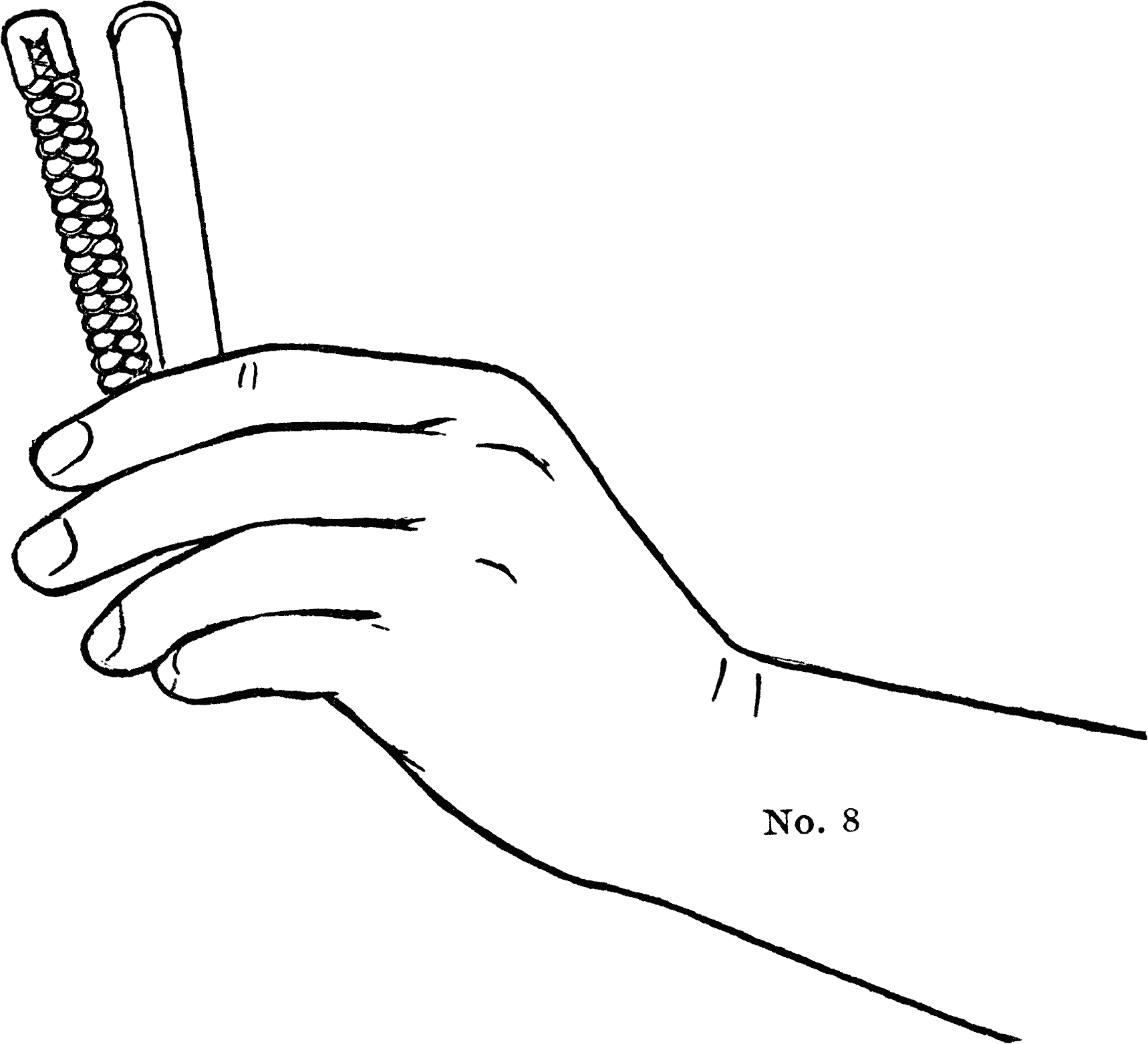- Bone (corsetry)
350px|thumb|Spirella side by side with apiece of flat stayIn
corsetry , a bone is one of the rigid parts of acorset that forms its frame and gives it rigidity.Purpose, History and Materials
The purpose of the boning in a corset varies slightly from era to era.Generally, the cinching/shaping properties of corsetry puts strain onto the
fabric from which the corset is made. The boning supports the desired shape and prevents wrinkling of the corset fabric. Bones, and the substances used for the purpose, are often generically called boning.The corsets of the 16th through 18th century (called "stays", "bodies", or "corps") were intended to mold the upper torso into a rigid cone like shape. The earliest corsets had a wooden busk placed down the center fronts of the corsets. (These early busks were different from the newer, steel busks which have clasps to open and close.) Corsets of the 17th and 18th century were most often heavily boned with little or no space between the bone channels. This was necessary to force the body to conform to the desired shape of the era. At the time the most popular materials used for the boning were Giant reeds or
whalebone .The early 19th century brought a very different style of corset (still called "stays"). A return to the natural or classical form was embraced by fashion and for the first time in corset history the bust was separated. To achieve and enhance the separation of the bust the "
busk " was used. The busk was essentially a large rigid "Popsicle stick" shaped bone inserted into a casing down the center front of the corset. These busks were made from eitherwood ,ivory ,bone , orbaleen and were often elaborately carved and given as gifts. It was most often the only bone within corsets of this type as what other required shaping was provided by cut of the pattern and enhanced with cording (cotton or similar cords within casings). The cording of the early 19th century corsets (stays) was often very elaborate, and there are many beautiful corded stays to be found in museums.The mid 19th century brought more complex corsets (no longer called stays) and tighter lacing which required more boning to create the desired shape. The modern busk was popular allowing corsets to easily open in the front. Steel and baleen (whalebone) were the dominant materials for boning and were occasionally used together. By the fourth quarter of the 19th century baleen was growing increasingly more expensive and becoming more difficult to acquire. This encouraged experimentation into types of materials used for boning. Some of the most popular alternatives were cork strips, cording, watchspring steel, Coraline, and Featherbone. Coraline was manufactured from the straight, stiff fibers of the Mexican ixtle plant, bound together by two strands of thread wrapped in opposite directions. Featherbone was manufactured from the quills of
feathers . The extremely rigid and elongated torso popular in the 1880s - early 1890s required extensive boning to support and enhance the steam-molded and starched corsets of the period.By the late 1890s a lighter, shorter style of corset was becoming popular, which had simpler shapes and which used much less boning than the previous decade. This style of corset quickly evolved into the beautifully complex early Edwardian style corsets. These corsets of about 1901-1908 relied heavily on the complex cut of the pattern to create and enhance the shape. Boning was used wholly for the support of the shape created by the cut of the fabric. Bones were most commonly made of steel by this time, and often placed in pairs within casings that did not follow the placement of the corset's seams. By the 1910s the cut of corsets had become longer though less complex and boning in corsets became merely a means to keep the corset's fabric taut. By the mid 1910s - 1930s the emphasis was placed on comfort and the rigid steel boning was almost completely replaced by the more flexible spiral steel boning.
Today, many corsets use
nylon orRigilene boning, although steel is still favoured for high-quality corsets. Plastic bones do not have the strength required fortightlacing and are known to warp and bend often in unflattering ways. Many modern bodices, strapless gowns and lingerie use a variety of plastic boning because it is much less expensive to use.Modern steel bones come in two basic varieties- "flat" steel boning (sometimes called just "enamel" or "rigid" boning), and "spiral" steel boning. Spiral boning is flattish, but thicker than flat boning because of the tips required on the ends. Flat boning bends in only one direction, while spiral steel boning bends easily in two directions. Spiral steel boning may thus be used on curved channels or where a more gentle support is acceptable. Both varieties are rigid lengthwise.
Modern corsetmakers differ greatly in the type and size of modern steel boning that they use.
For those unable to procure steel boning, there are several options, depending on the style of the corset which you desire to make. Cable ties (found in 36, 48, and 52 inch lengths) from a hardware store can be used in a pinch.
External links
Wikimedia Foundation. 2010.

